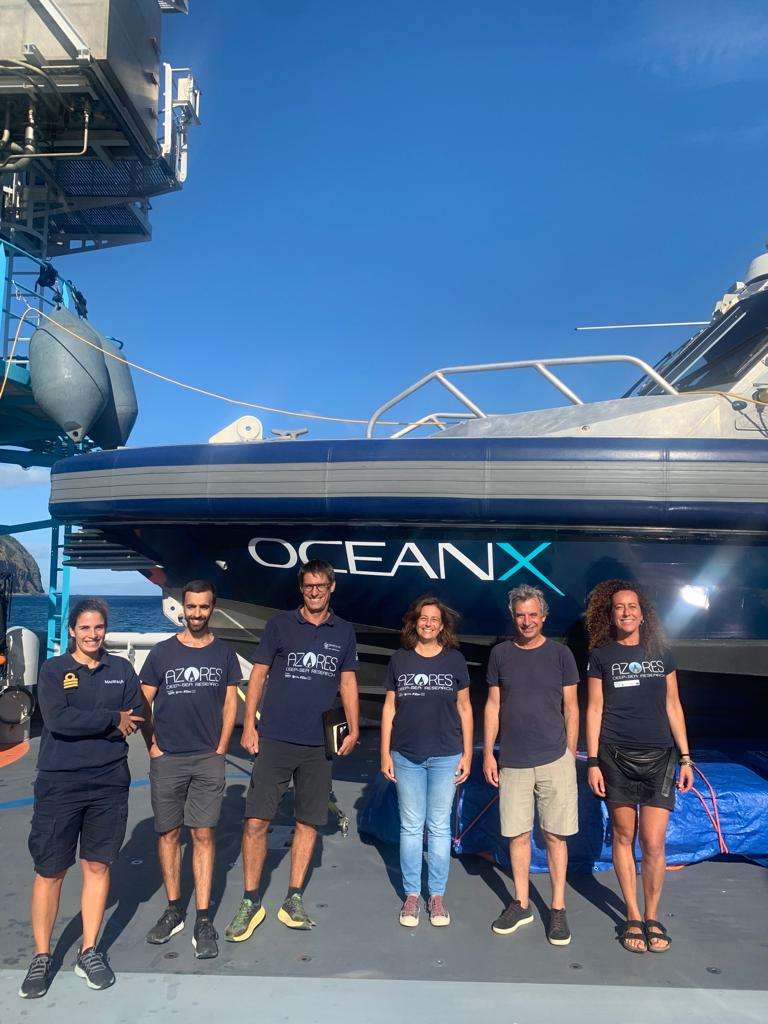The OceanXplorer 2023 (OceanX 2023) campaign is the continuation of our long-term strategy to map the deep-sea biodiversity of the Azores and identify areas that meet the criteria for Vulnerable Marine Ecosystems (VMEs) using various imagery systems. Taking advantage of our network of international contacts, we were able to establish a partnership with OceanX, a non-profit initiative by Dalio Philanthropies that “brings science to life through captivating stories”. OceanX owns the RV OceanXplorer, which is equipped with the best and most advanced ocean exploration technology, including submarines capable of diving down to 1000m deep and an ROV capable of working down to 6000m. On this cruise, we visited emblematic and little-explored areas and took advantage of the ship's capabilities to collect biological samples of deep-sea specimens for taxonomic identification. This cruise was also supported under the Contract 18/DRPM/2022, regarding the "Characterization of deep-sea habitats, for its mapping up to the outer limit of the Azores sub-area of the Portuguese exclusive economic zone" acquisition of services between the Government of the Autonomous Region of the Azores, through the Regional Directorate for Maritime Policies (DRPM) of the Regional Secretariat for Sea and Fisheries (SRMP) and the Gaspar Frutuoso Foundation (FGF). It benefits from funding from the European Union under the operation "ACORES-14-62G4-FEDER-000001 - Filling gaps in the characterization of maritime space", within the scope of the reprogramming of the Azores 2020 Operational Program (PO Açores 2020), by incorporating the Recovery assistance for cohesion and the territories of Europe programme (REACT-EU) and by the European Regional Development Fund (ERDF).
The deep-sea component of the OceanX 2023 expedition revealed that banks and seamounts heavily exploited by bottom longline fishing are still home deep-sea benthic communities with a high natural and ecological value.
Dom João de Castro, Princesa Alice bank, and slopes of Faial island
| Leg | Period | Days at sea | Vessel | Departure | Return |
|---|---|---|---|---|---|
| ●1 | 24/08/2023 - 08/09/2023 | 16 | RV OceanXplorer | Horta | Horta |

Departamento de Oceanografia e Pescas
Rua Prof. Doutor Frederico Machado, 4
9901-862 Horta, Portugal